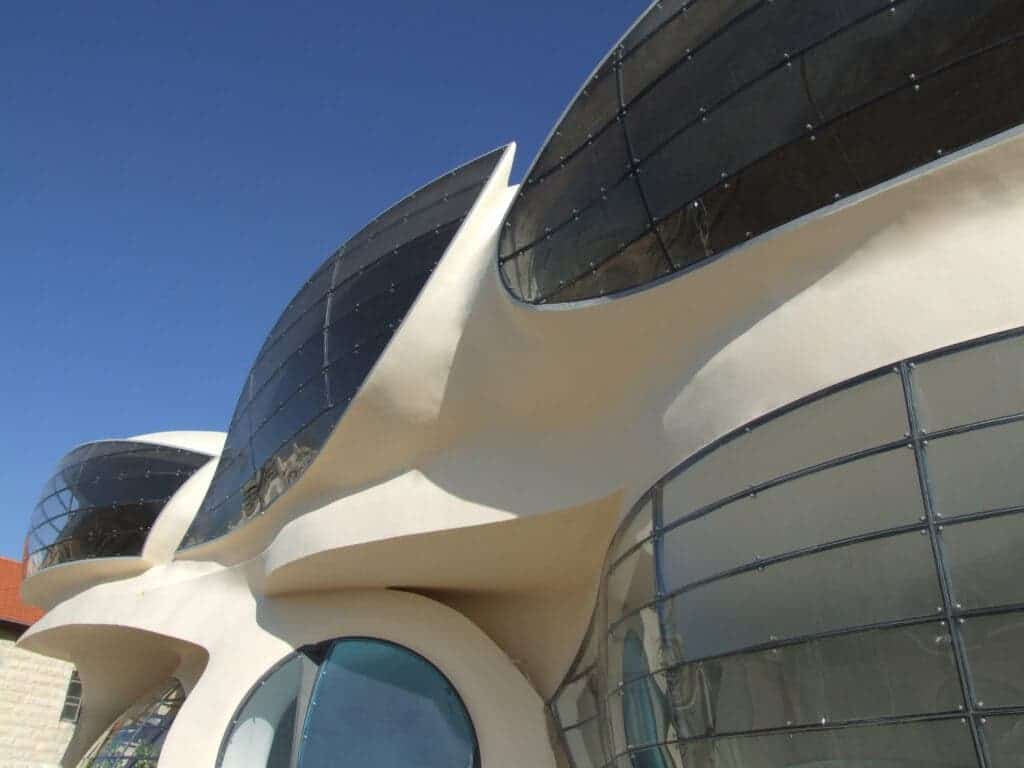
When it comes to futuristic technology, people tend to think about things like flying cars, robots, or virtual reality but the technological advancement that is likely to affect our future lifestyle the most is related to our homes.
No matter how far you’d travel in your flying car or how much time you’d spend in a virtual environment, you will still spend a big chunk of your time inside your home sweet home. Fortunately, our houses are also starting to embrace futuristic tech.
The advent of 3D printing, nanotechnology, artificial intelligence, and sustainable energy has given birth to numerous exciting prospects for a futuristic house — and many of such ideas are already in the early stages of development. However, technological development is not the only reason behind the various new futuristic homes and city concepts that we’ve come across. Things like climate change, increasing carbon footprint, pandemics, population growth, desertification, global warming, work from home culture, and many more, are also forcing humans to transform the way in which we live and manage the space around us.
Interior designers, architects, and inventors are already taking strides towards numerous future home technologies that would not only provide comfort and safety but also reduce the negative impact that our homes have on the environment. Here are just some of the most fascinating future home innovations.

Home automation
You’ve probably heard about the Internet of Things (IoT), a system that enables wireless collection and exchange of data between various devices that are connected to each other via the internet. Home automation (also known as smart home or smart living technology) is also based on IoT, equipping your home with a powerful central unit that controls every aspect of your home.
Electric appliances, light settings, temperature, water supply, door locks, and everything else inside your home can function in an automated fashion under the supervision of a centralized system, which can be accessed remotely. You can turn the heat on and off with a click on your smartphone, or set up automated routines to help you through your day. Sensors can pick up on potentially dangerous leaks, while your smart fridge could let you know when you’re running low on fruits.
We’re already starting to see this happen. Things like Samsung SmartThings Hub, Amazon Echo Dot, Adobe Iota, Apple Homepod are already popular smart home devices used in millions of households. In the US, 39 million people own a smart speaker, and 80% of American families own at least one smart TV in their homes — and we’re only scratching the surface of what home automation can do.
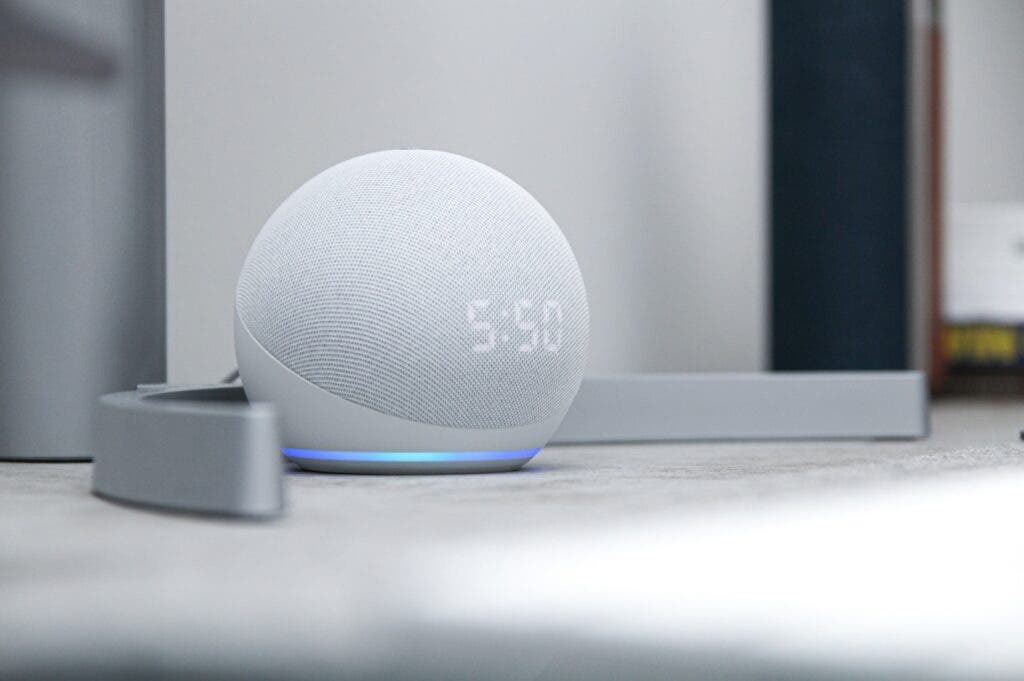
People do not buy smart home devices only for comfort and entertainment, but also for safety purposes, as smart home technology offers real-time video surveillance, medical emergency alerts, automated pet care, and many other options that promise to keep homes friendlier and safer than ever. For people with mobility problems, automated cabinets, doors, or home elevators could help them navigate their house with less effort, offering much-needed independence. Automated secure systems could also help, as opening and closing the door can be quite annoying when you’re in a wheelchair.
Routine medical scans could also become a part of our futuristic houses. If you think about it, we flush a good deal of medical information every day. Researchers believe that not long into the future, smart toilets could monitor our urine and poo, scanning for markers or signs of any disease.
Floating homes to lessen the burden on land
Over 200 million people worldwide live along coastlines less than five meters above sea level — and rising sea levels are a major problem for many of the families living in these areas. Michael Saavedra, a home developer from Hollywood, witnessed this challenge first-hand in Miami, Florida. His solution was to create a budget-friendly floating home solution called Hauser boat (although there are floating homes in Florida, they cost millions of dollars). Capable of providing protection against fluctuating sea levels, heavy rainfall, and even hurricanes, the Hauser boat is an ingenious innovation that can solve the housing problems faced by many communities living in coastal regions.
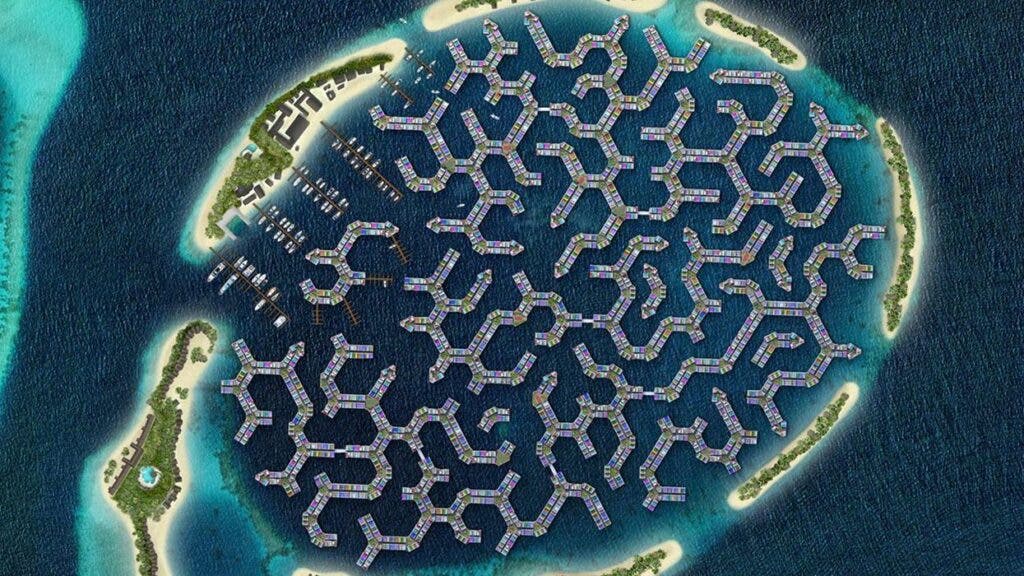
The Maldives, an island nation in the Indian subcontinent, is also working on a similar solution — but they’re taking it to the next level. The country has recently hired Dutch Docklands (an international floating infrastructure developer) to build a floating city. The government of Maldives is worried about the effects of climate change that the island nation could face in the coming years, as over 80% of the country’s 1,000 plus islands are less than 1 meter above sea level and very vulnerable to sea-level rise. So through this initiative, they are planning to establish a network of floating buildings and structures that could withstand the rising sea levels and house thousands of families.
Planned to be built on a large lagoon, the floating city of Maldives will have markets, schools, grocery stores — everything you’d expect from a regular city. According to the local authorities, renewable energy sources such as solar power will be used to meet the energy demands of the city.
Earthquakes, tides, storms, hurricanes cause a lot of destruction, and every year thousands of people die and millions of families have to leave their homes due to such disasters. Therefore, floating home technologies similar to what has been undertaken by Michael Saavedra and the Maldives Government could turn out to be a great solution to mitigate the losses that occur due to climate change-driven tragedies.
So the future house should be able to protect you from the elements — and with climate change, in particular, that is set to become more and more challenging.
Vertical farms and gardens
Mankind’s expansion is taking a big toll on the environment. Among the problems caused by our relentless urbanization is deforestation. Deforestation is happening in many parts of the world on a large scale, and this further leads to several environmental risks such as water scarcity, pollution, extinction of species, loss of biodiversity, global warming, limited availability of natural resources, etc.
But cities, one of the main drivers of deforestation, may soon be part of the solution — and your house could also help.
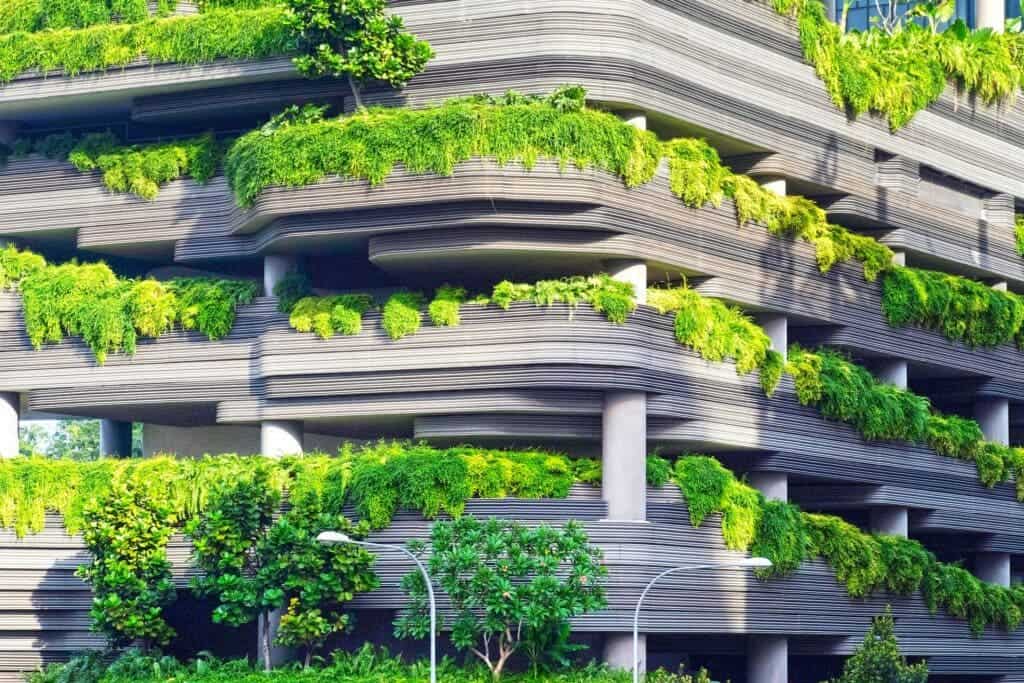
In 1969, Italian architect Paolo Soleri introduced arcology, a remarkable construction concept that combines the elements of a city and a forest to create an ecologically balanced modern space.
Soleri envisioned scattered forests and lush green areas within large buildings such as malls and offices, farmlands operating on roofs, residential areas creatively designed around dense vegetation, and many other arcological themes, which if implemented in the real world, might mitigate the harmful consequences of deforestation. Arcosanti city in Arizona is an experimental township that was designed by Paolo Soleri in the 70s to demonstrate the application of arcology in the real world.
Recently, Milan city in Italy has launched Forestami, a tree plantation project that aims to grow three million trees by the year 2030. Under this ambitious reforestation initiative, new trees will be planted not just in the city’s streets, gardens, and open spaces but also on skyscrapers. Architect Stefan Boeri, who is heading the project Forestami, has previously designed Bosco Verticale, a pair of tall residential buildings in Milan which also function as a vertical urban forest supporting 900 trees. From LA’s community garden to Berlin’s flower meadows and Sydney’s city farms, there are numerous green housing and green city projects going on in different parts of the world that resembles Soleri’s visionary arcology concept.
Vertical farming is also emerging as an important option for our cities. The idea with vertical farming is you grow crops indoors, vertically instead of horizontally. This would use up fewer resources and would offer cities a way to grow their own food, rather than bringing it from farther away (which could help reduce traffic and greenhouse gas emissions).
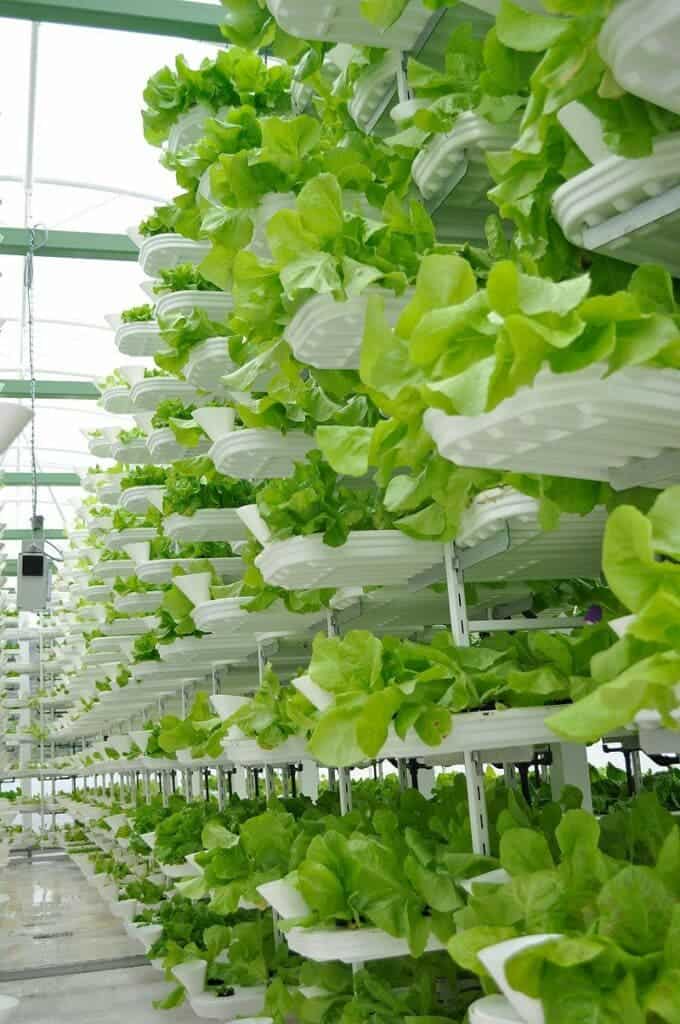
Several vertical farming projects are already underway in several parts of the world. In theory, it all sounds good, so there’s a good chance future homes will get their food from a skyscraper nearby — or maybe even grow it themselves.
3D printed houses
In January 2021, for the first time, a 3D printed house was put on sale. The futuristic house features three bedrooms, a garage, two bathrooms, and a kitchen. Moreover, 3D printed homes built using the same technology are being provided to poor families in Mexico by a nonprofit organization — and it was already cost-competitive with other houses in the area.
3D housing is a growing sector with the potential to simplify the construction process and overcome budget-related issues often faced by developers and buyers. To 3D print a durable house, you don’t need as much heavy machinery as in a conventional concrete building assembled by humans — you just need a specialized 3D printer and some basic raw materials such as concrete and polymers. This could also make it more sustainable than current building practices.
According to real estate experts, the 3D house market may double in the next five years and 3D-printed houses could become more and more common.

Future of futuristic homes
A recent report suggests that NASA is working with LSU engineering on a 3D printing-based construction technology that would be used for building structures on the Moon. NASA sees 3D printing as a fast, efficient, and low-budget technology to boost infrastructure activities on both the Moon and Mars.
Moreover, the smart home market is believed to cross the mark of $130 billion by 2026. For the future, our cities and homes need to be designed in a thoughtful manner so that they could make the best use of smart and green home technologies. Such an architectural approach is essential for reducing the carbon footprint, promoting sustainability, and living a balanced lifestyle.


